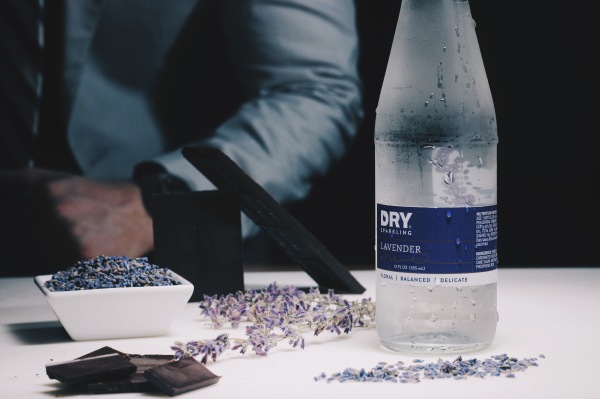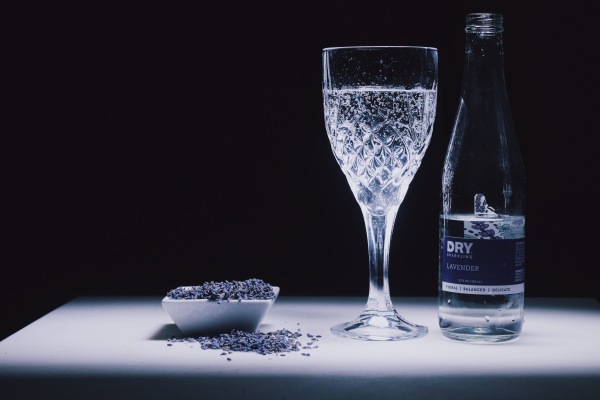History: This is a story that ends with soda, but one that took clam chowder, nudity, and charity to get there. Now I’ve aroused your interest. Rogue is a company with gusto. “Our soda is a revolution,” they proclaim to us via email (For clerical purposes, all quotes in this article were relayed by marketing manager, Anna Abatzoglou, who made it clear these are not direct quotes from herself, but rather the company. The specific employee(s) were not specified.). Rogue began in October of 1988 in Ashland, Orgeon, but soon needed to expand. A few months later, founder Jack Joyce became stranded at a bar in Newport, Oregon due to a raging snowstorm. There he met the creator of Mo’s Clam Chowder, Mo Niemi, who told Joyce it was always her dream to live above a bar. Needing a bigger space, Joyce listened to Niemi’s conditions. There were two: 1. Give back to the community and 2. Make sure this picture of a naked Niemi in a bathtub hang inside the bar. How lucky. Dude meets a girl and instantly gets a nude photo. I can’t even get one from girls on Tinder. The company tells us to this day that photo hangs in all 10 of their pubs. Rogue also doesn’t have a marketing budget, instead putting that money toward local charities and infrastructure. Rogue has resided in Newport, Oregon since 1992.
If you’ve heard of Rogue before, you’re probably aware of their wide array of beers, from normal to straight funky. The company tells us they not only also make beer and soda, but farm a bunch of different fruits, vegetables, and grains. Today’s review, Rogue Citrus Cucumber, contains both Rogue Honey and Rogue Cucumbers from Rogue Farms in Independence, Oregon; this ad brought to you by Rogue. Says Abatzoglou of the soda’s signature fruit, “When they’re ripe, we pick them off the vine, slice them up, and add them fresh into every hand-crafted batch of Citrus Cucumber Soda. We grow cukes for our small batch spruce gin so why not go cuke to cocktail with a refreshing cucumber citrus soda?” Any excuse to get the term “cuke” into this review will do. It sounds like a combo of cute and puke. Some company specializing in cat products reading this just got a great idea, I’m sure. All Rogue sodas are brewed in small batches, using pure cane sugar and Rogue Farms Honey. “We get honey from 7,140,289 Rogue Farms honeybees that is used to sweeten all of our sodas,” the company tells us. I love that they maintain a current count on their over seven million bees. Most days I can’t even keep track of where I put my keys last. They also note the bees are “carefully kept and fed.” I conjured up an image of what I hoped this meant, and the Internet did not disappoint. But seriously, it’s apparent Rogue is a company about fun and one that takes pride and puts serious effort into its products. They’re basically internally going farm-to-table with their soda, a very interesting concept in the craft soda world. Rogue’s motto is “Dare, Risk, Dream.” I’m about to add a fourth: drink.
Where to get: Rogue sodas are available in about 30 states, according to the company. You can always purchase it online via the Rogue store.
Nose: Definitely smells like candy melon with a hint of cucumber. That sweet fruit is evident on the nose, almost like a candy kiwi. Starburst tropical fruit chews are the closest comparison I can come up with. It’s definitely a familiar childhood smell. An intriguing beginning.
Taste: Fruity melon; cucumber; mild lemon and lime; cane sugar. The flavors here hit you quickly and are unchained from harsh carbonation like most lemon-lime sodas. This is very fruity for a lemon-lime soda, but I wouldn’t call it tropical. You’ll taste these fruity flavors before the lemon-lime. Cucumber is definitely in here, but not as bold as I expected it to be for a soda that bears its name. I also taste some kiwi in here, but I think that’s more of a result of how the honey contrasts with the cucumber. There’s a variety of melon tastes here too, though subtle. Most prominent among those tastes is honeydew. There’s two types of honey in this (wildflower and Rogue Farms), so that’s probably a big reason for the melon flavor. All those melon flavors in addition to the kiwi and cucumber swirl around in your mouth and coat the back of your tongue before mild traditional lemon-lime finishes out the body of the sip. The sugar is crisp, and with the citrus elements, makes the soda even more refreshing than expected. The way the honey and cucumbers work together makes for some really interesting tasting notes.
Finish: Cucumber and lemon-lime that alternate back and forth. Lime is the most prominent of the three flavors.
Review: Rogue is perhaps best known for its unconventional beers. It’s a company with attitude and feistiness, and one not afraid to take risks. Rogue’s Citrus Cucumber is probably the wackiest offering they have on their soda side, and it’s one that displays a surprisingly wide range of flavors. Cucumber certainly has a leading role in the flavor profile, but I wouldn’t say it hogs the spotlight. There are very nice candy melon flavors that accompany the cucumber, like bold honeydew and even undertones of watermelon. Both the wildflower and Rogue Farms Honeys play a big role in the taste as well. They interact with the cucumber to form a kiwi taste that’s up front along with the honeydew. It’s so fruity for a cucumber-flavored drink. There’s a joke in there somewhere, but I just won’t. Traditional lemon-lime comes in near the end, but it’s subtle. I wouldn’t mind seeing the lemon-lime higher in the flavor profile, personally. The fruitiness is unexpected, but it takes the edge off the cucumber and that’s a nice little deal for you. Trust me, you don’t want cucumber to be exceedingly strong in a soda. I gotta admit, this is a little weird, but it’s definitely something your taste buds need to experience to fully understand. Rogue seems to be one of the best beverage companies at understanding this concept. Their creativeness is much-needed. Just remember… the quirky, creative kids from high school are the ones writing your checks now. Don’t be afraid to get a little weird.













